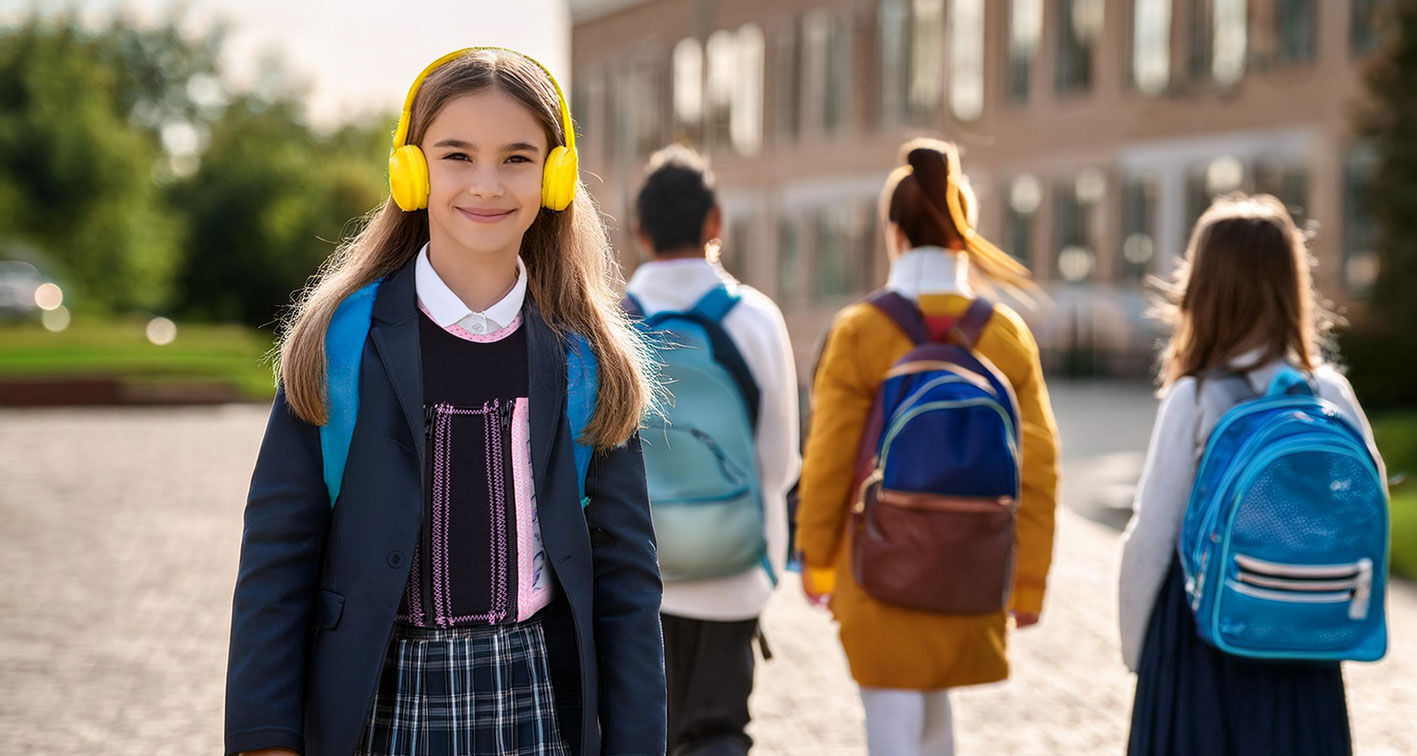 A new study has revealed that children with autism have varying densities of neurons in different areas of their brains when compared with peers who do not have an autism diagnosis. The study results were recently published in the respected journal Autism Research.
A new study has revealed that children with autism have varying densities of neurons in different areas of their brains when compared with peers who do not have an autism diagnosis. The study results were recently published in the respected journal Autism Research.
 |
| SDO® Original Suit in No. 13 Mermaid theme |
The research team is comprised of several professionals working at the Del Monte Institute for Neuroscience at the University of Rochester in New York, USA. They began the study by collecting brain imaging data from over 11,000 children between the ages of 9 and 11 years old; 142 of the children in that group have autism. When comparing the imaging of the children with autism to the group as a whole, statistically significant differences in neuron density were noticed.
Within several regions of the cerebral cortex, the autistic children in the study were found to have a lower density of neurons. These brain regions are involved in a number of tasks related to problem-solving, reasoning, learning and memory. Conversely, autistic children had higher neuron density in other regions of the brain, most notably the amygdala which is heavily involved in the processing of emotions.
As well as comparing brain imaging scans of autistic children to those with no neurodevelopmental diagnosis, the researchers also compared the former group with children who have been diagnosed with psychiatric disorders such as anxiety and ADHD. The results were broadly similar, which suggests that the differences in neuron densities are specific to autism.
The fact that the differences noted were not found in 'children with other psychiatric conditions' allowed the researchers to conclude that a 'distinct neurological profile' was indicated. Findings from the study are set to help 'enhance understanding of autism’s development' as well as to 'potentially guide targeted therapies for children on the spectrum'.
The imaging data that was used to facilitate this groundbreaking research was collected from the database of ABCD (Adolescent Brain Cognitive Development), which is described as being the 'largest long-term study of brain development and child health.' 21 different organisations, including the University of Rochester, are collecting data for this revolutionary database, which was started in 2015.
Can dynamic Lycra® help with autism?
Some of the daily challenges that autistic children and adults face can be mitigated by wearing dynamic compression garments from our leading SDO® Sensory Dynamic Orthosis™ collection. Medigarments Ltd is a specialist supplier of dynamic compression garments from our SDO® Original and SDO® Lite collections, along with our groundbreaking Sensory Hug®.
 |
| School girl wears a Sensory Hug® Mini in the Bulldog theme |
The sensory and proprioceptive feedback the garment provides has been repeatedly proven to reduce overactivity, anxiety, restlessness and other negative patterns of sensory-seeking behaviour. These marked decreases directly result in corresponding increases in things like attentiveness, concentration, body awareness, stability, independence, calmness, coping ability and general functioning.
We'd like to invite you to browse the Medigarments Ltd website or get in touch with our expert team to find out more about how SDO® can have a positive, lasting impact on the lives of people with autism. If you need expert advice, our dedicated clinical team will be more than happy to provide it, so don't hesitate to give us a call or drop us an email.
SDO® Original, SDO® Lite and the Sensory Hug® are part of The World of SDO® Sensory Dynamic Orthosis range of dynamic Lycra® compression garments by Medigarments Ltd. SDO®, Sensory Hug® and Sensory Dynamic Orthosis™ are trademarks of Medigarments Ltd.

